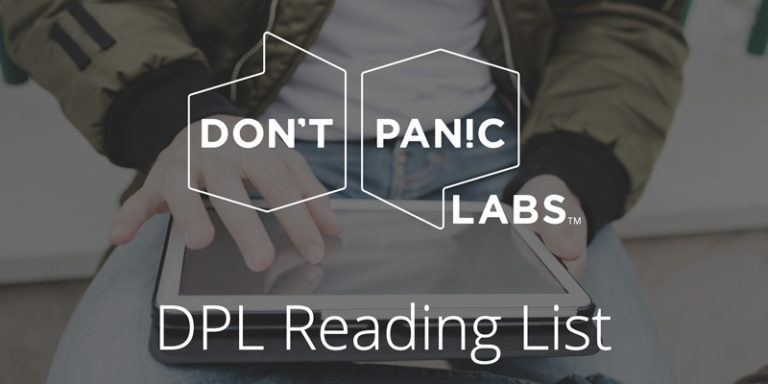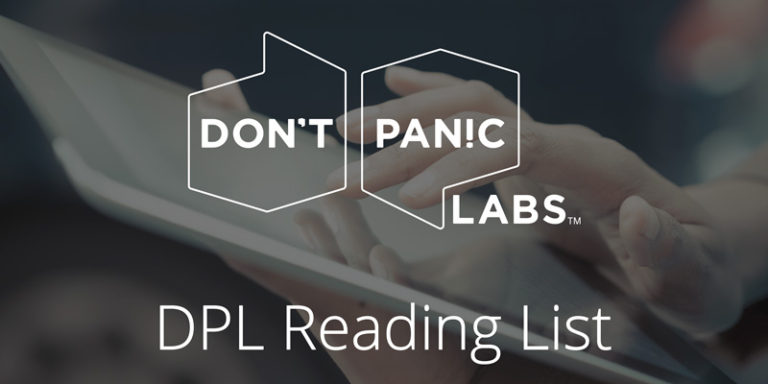
DPL Reading List – November 29, 2019
Each Friday, we share a curated list of articles we found during the past week. Here’s the list of the new and interesting ones we found this week. If there’s an article you think we should read, let us know in the comments below.
50 years later, the internet’s inventors are horrified by what it’s become – The person who built much of groundwork for what would become the internet believes that it has evolved into something other than a force for good.
Why Constraints Are Good for Innovation – 145 empirical studies on the effects of constraints on creativity and innovation are showing that individuals, teams, and organizations all benefit from a healthy dose of constraints. But when the constraints become too high, they can stifle creativity and innovation.
Slow-Reading is the New Deep Learning – When we look at how memory works, slowing down and allowing our brains to process what we take in may be beneficial when we want to learn new things.
Why music makes us feel, according to artificial intelligence – Psychologists and computer scientists team up to investigate how music affects the way we act, feel, and think.
Tim Berners-Lee launches Google and Facebook-backed plan to fix the web – Tim Berners-Lee, the inventor of the world wide web, has launched the Contract for the Web, which sets forth a set of principles designed to “fix” the internet. It lists nine core principles for governments, companies, and individuals to adhere to. This contract has received the backing of over 150 organizations, including Microsoft, Google, DuckDuckGo, Facebook, and the Electronic Frontier Foundation.
Machine Learning Has Revealed Exactly How Much of a Shakespeare Play Was Written by Someone Else – A neural network has identified specific scenes in Henry VIII that may have been written by someone else — and names the likely author.
How Your Phone Company Aims to Stop Robocalls – A new protocol will stop robocallers from exploiting a caller ID loophole to spoof phone numbers…but it won’t stop all robocalls.



